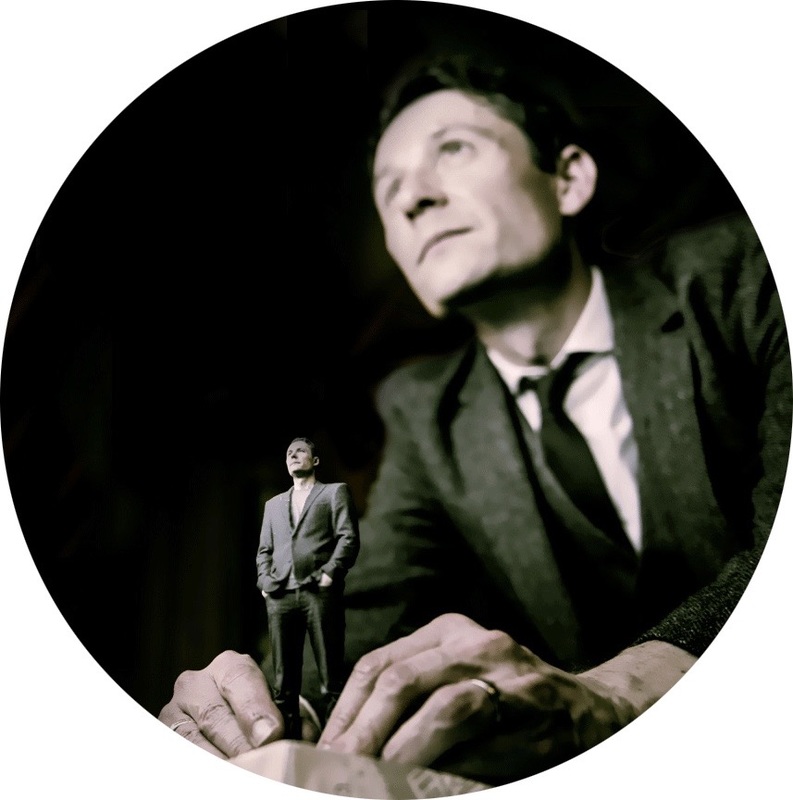|
Taking place later today is the Scottish Funding Council's annual Learning for All conference. The conference provides an opportunity for widening access practitioners to stand up and draw the attention of colleagues and funding bodies to some of the successes they have experienced over the previous year. This year, along with my LEAPS colleague Alice Smith, we will be telling the story of the Creative Extras programme that she created and coordinated last Autumn. Very briefly, Creative Extras comprised a week of workshops and other practical sessions at a range of different universities and gallery spaces in Edinburgh and further afield. Talented young artists and designers gained invaluable preparation for higher education, whilst carrying out portfolio preparation under the guidance of undergraduates and tutors. My only significant input to the week was putting together a short video to record and celebrate the story of the week. From recollection, the rationale supporting the creation of a video was two-fold. We primarily wanted to document the distinct character and atmosphere of the week in a way that wouldn't easily be captured through the conventional reporting of text and photographs. We were coming from the position that established approaches to evaluation and reporting couldn't adequately tell the story or capture the vibrant colour and noise of this particular part of our work. We wanted to be a bit more creative with our reporting. Tied in with this, we wanted a video that could be shown at the exhibition of student work that would draw the Creative Extras programme to a close. And so across the week we took photographs and recorded conversations and background noise as the different sessions took place. To get back to the Learning for All conference, rather than standing up and talking around a set of PowerPoint slides - another conventional way of reporting success - we're simply going to press 'Play'. We'll be showing the video to demonstrate the success and imagination of the Creative Extras programme, however another hoped-for benefit is that the nature of the video will in itself demonstrate the creative and considered approach we take in our work more generally. In effect, the representational form of the video becomes the argument: it is thoughtful and imaginative and, we believe, so are we.
Perhaps the process of making the Creative Extras video reflects the opportunity to be creative within digital educational environments. Without any formal training or expensive equipment, we were able to put together a video in a way that would have been beyond our capabilities and budget a few years ago. At the same, in an increasingly visual culture, we were confident that the video would be a valid and appropriate way of helping to demonstrate the success of the programme that is captured in the orchestration of photographs and sounds. Kathleen Fitzpatrick (2011) calls for a rethink in how academic knowledge is presented, in that we look beyond the linear, text-dominated form: I think our video is a nod in that direction, even if we weren't bound to the publishing pressures that can confine how ideas are shared. It will be interesting to see whether our colleagues at today's conference are similarly open to this creative way of demonstrating success. References
The video features photographs by Sarah Austen, Emma Caldwell, James Lamb, Alice Smith, Scott Willis and The Fruitmarket Gallery. The audio was recorded by Emma Caldwell and James Lamb. The soundtrack was created by Emma Caldwell and James Lamb.
0 Comments
Leave a Reply. |
Search categories
All
I am a Lecturer in Digital Education (Education Futures), within the Centre for Research in Digital Education at The University of Edinburgh.
@james858499 [email protected] |
